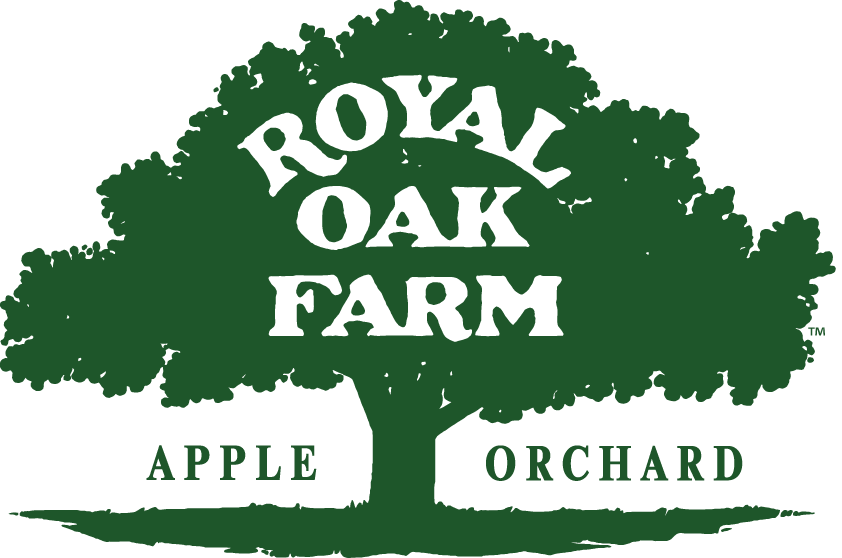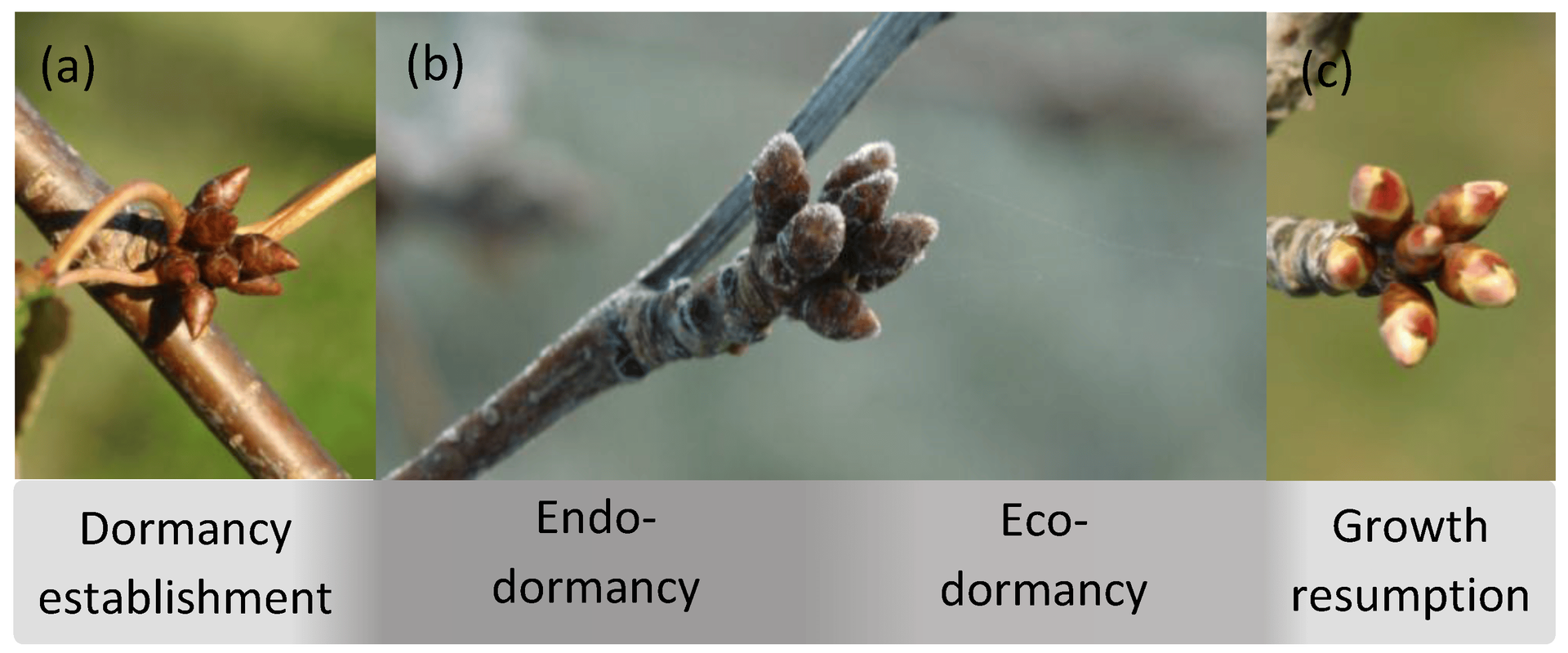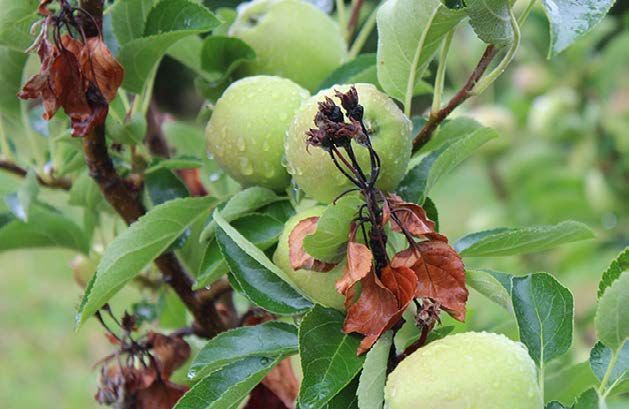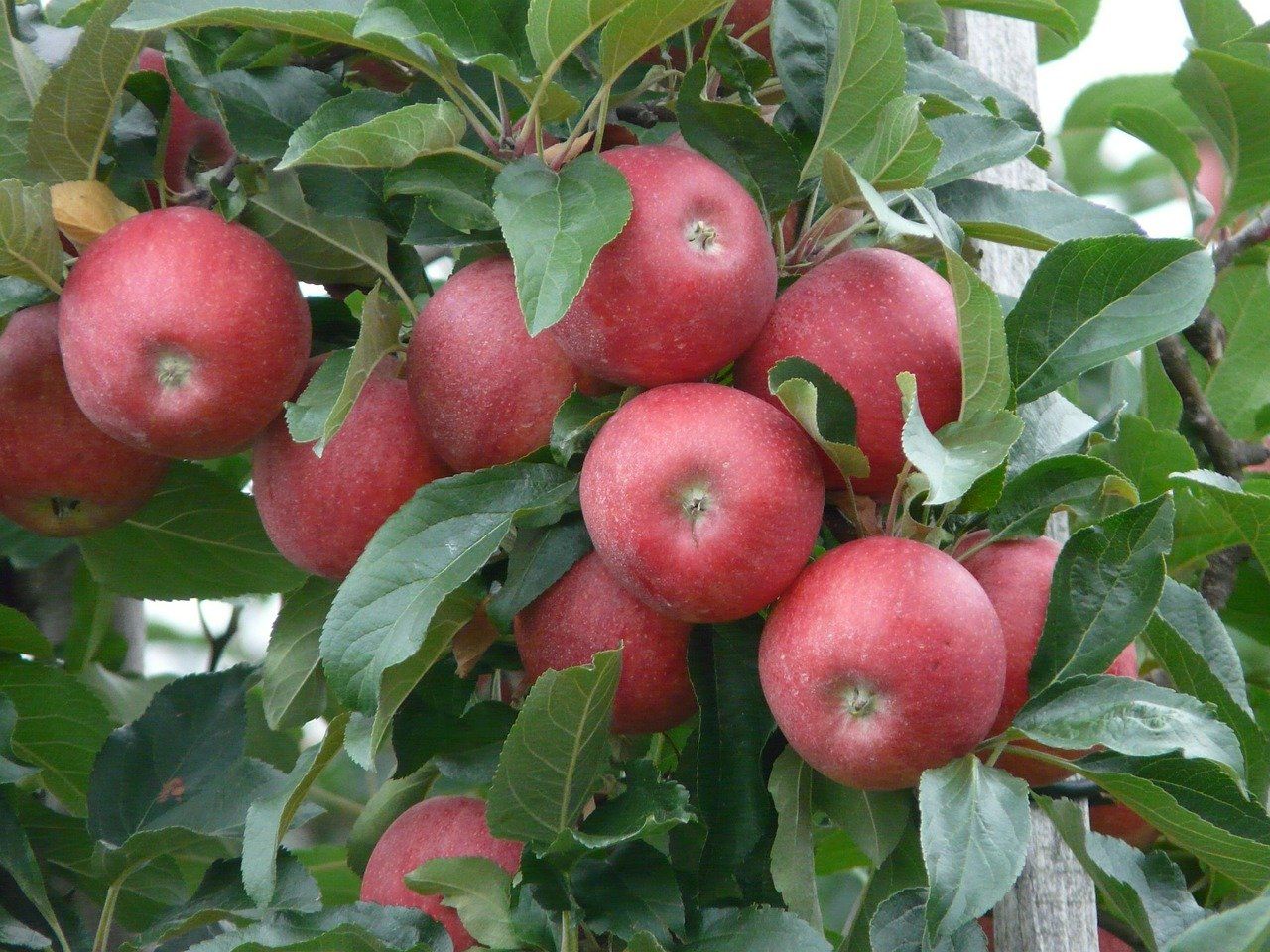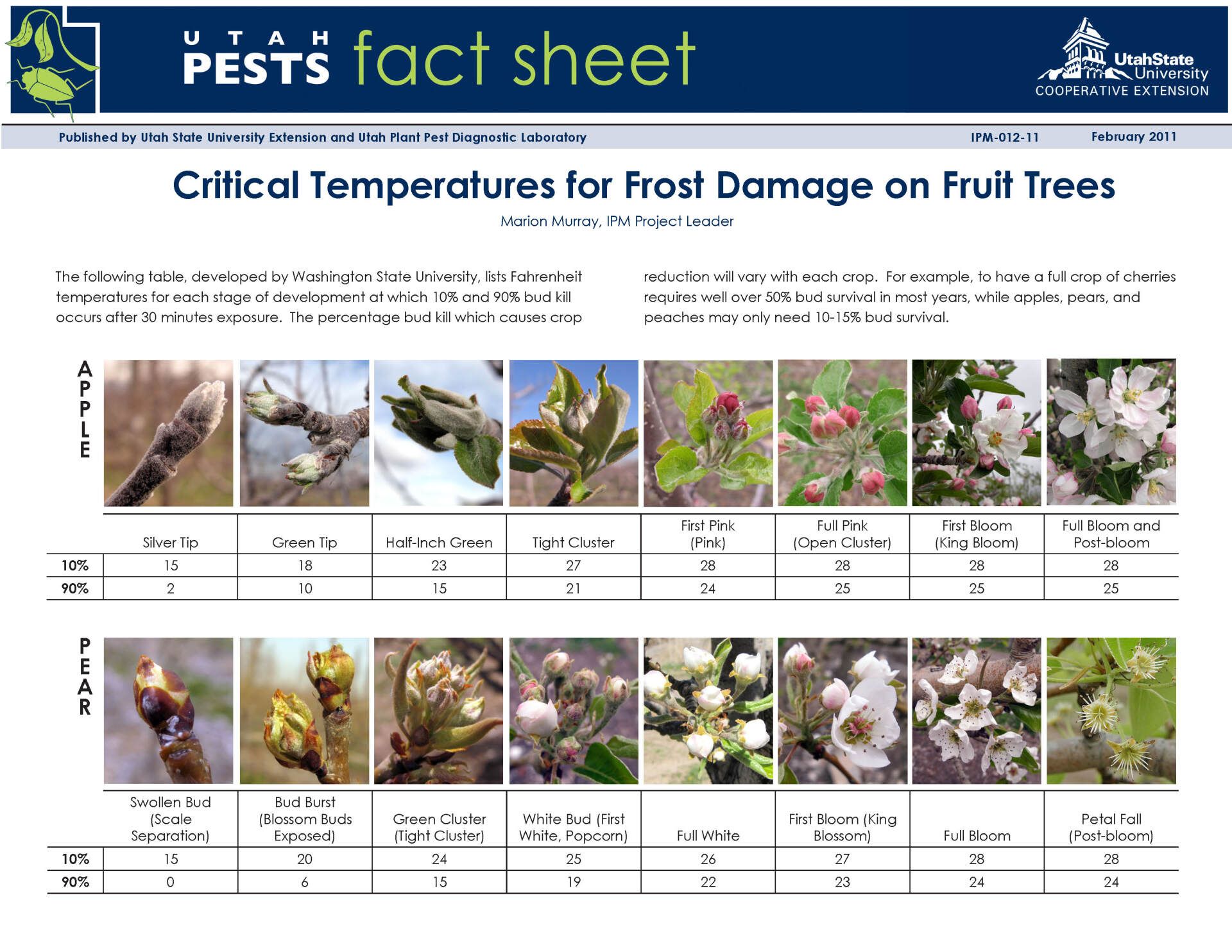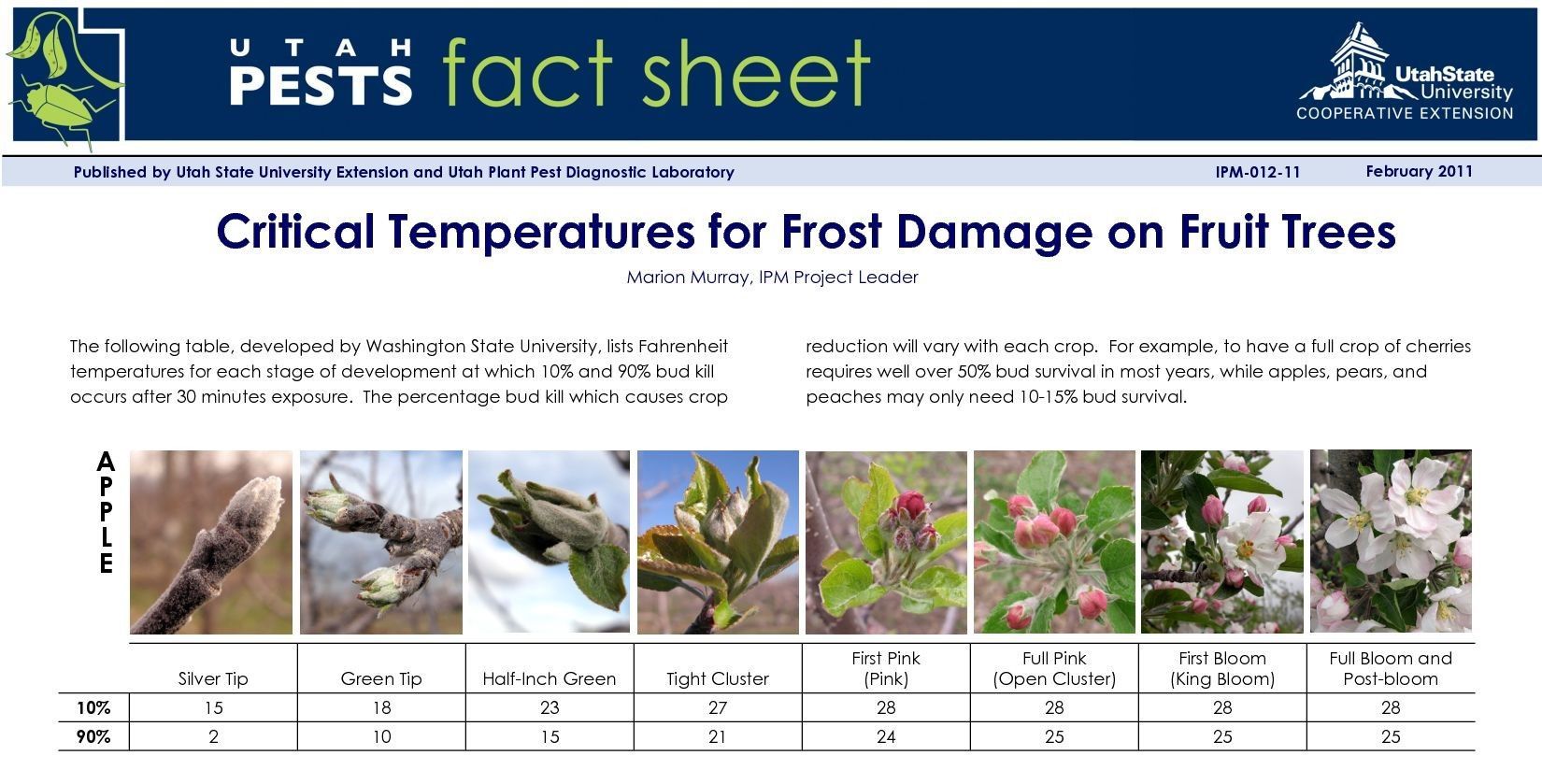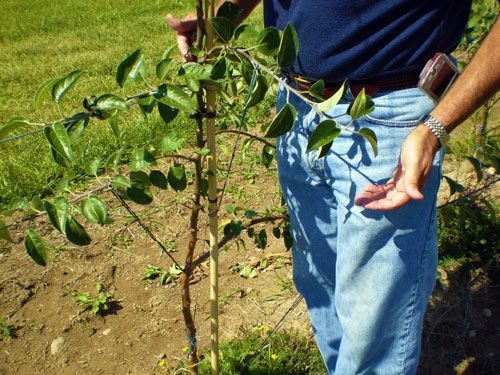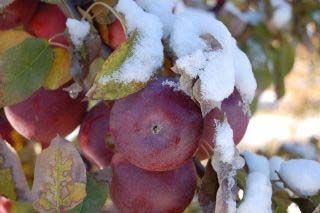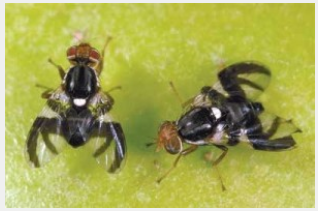Apple Fruiting Types
Spur, Semi-Spur and Tip Bearing Apple Varieties
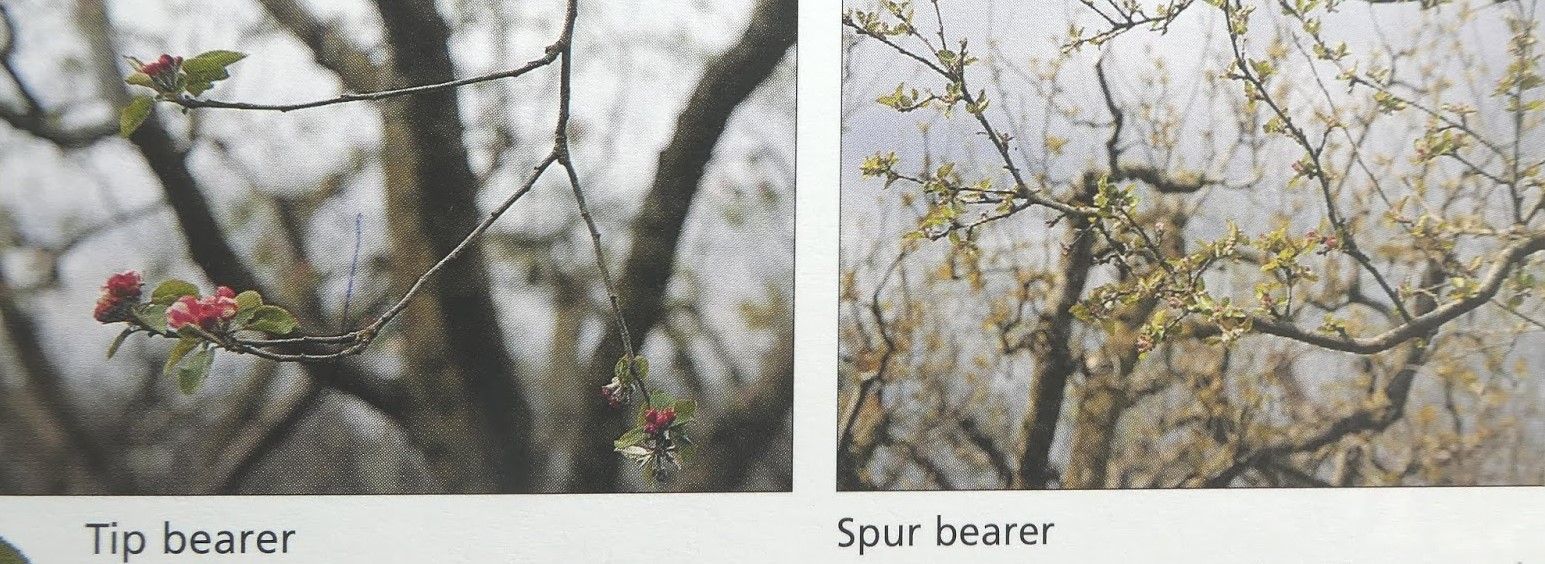
When purchasing apple trees it is important to know that not all apples are produced the same way on certain apple varieties. And when pruning and training apple trees it is important to know where your fruit grows from on the tree so that you don't reduce your crop by incorrect pruning. If you are wanting, for example, an espallier or columnar trained tree, then you would select a spur bearing variety. There are basically three types of bearing on apple trees.
Spur-bearing
The majority of apple varieties falls into this category, including well-known cultivars such as Coxes Orange Pippin and Egremont Russet. Most varieties of spur-bearing fruit trees yield fruit on three year old wood. In the second year, as the tip of each shoot extends to produce that season's vegetative growth, buds towards its base develop into fruit buds. In the third year these buds will produce flowers which will go on to form fruit. In spur-bearing trees, fruit is produced on short, knobbly shoots called spurs that develop off the main branches. Over time spurs develop into spur systems. Spur-bearers have a compact tidy appearance and fruit is distributed fairly evenly along the branch. This makes them suitable for restricted forms such as cordons and espaliers.
Tip-bearing
True or pure tip-bearing fruit trees are uncommon. As the name suggests, fruit buds form on the tips of shoots. When these shoots extend to produce the next year's vegetative growth, the buds at the tip of the previous year's growth develop into fruit buds. The buds at the base of the new season's growth remain dormant or form leaves.
It is important when pruning tip bearers not to prune off next season's crop. The previous year's young shoots - maiden shoots - should be left to bear fruit the following year. However, shoots longer than 9 inches or so can be pruned back to a growth bud to stimulate the production of more short tip-bearing shoots that will produce fruit in two year's time.
Partial tip-bearing
In normal circumstances most trees thought of as tip-bearers actually produce fruit on the tips of young laterals as well as on spurs. Bramley's Seedling, Discovery and Worcester Pearmain all fall into this category. Partial tip-bearers can be pruned in the same way as spur-bearers, but this reduces the total yield.
What follows is a downloadable list from the Home Orchard Society (which no longer exists) of Spur and Semi-spur Apple Varieties. Over 1000 spur and semi-spur varieties are listed. There are also Tip and Partial-tip Bearing Apple Varieties with over 350 varieties listed.
SOURCES:
Apple Fruiting 37 12/8/06
Botner, Nick. Spearheart Farm, 4015 Eagle Valley Road, Yoncalla, OR 97499.
phone 541.849.2781
Crawford, Martin. 2001. Directory of apple cultivars. Agroforestry Research Trust,
46 hunters Moon, Dartington, Totnes, Devon TQ9 6JT. UK.
Morgan, J. and Alison Richards. 1993. The book of apples. Published in
Association with the Brogdale Horticultural Trust, Ebury Press, London.
Personnel Observations: Ted L. Swensen
Sanders, Rosanne, 1988. The apple book. Philosophical Library, Inc., New York,
New York.
USDA, ARS, National Genetic Resources Program. Germplasm Resources
Information Network - (GRIN). [Online Database] National Germplasm
Resources Laboratory, Beltsville, Maryland. (05 November 2006)
*Listed in Fruit, berry and nut inventory, Second Edition, Seed Saver Publications,
3076 North Winn Road, Decorah, Iowa 52101
--------------------------------------------
Compiled by:
Ted L. Swensen
Last Date Modified: December 8, 2006
-----------------------------------------------------------------------------
2006 Home Orchard Society.
Visit our forum if you have questions or for information:
www.homeorchardsociety.org
Backyard Orchard Management @ Royal Oak Farm Orchard
Backyard Orchard Management @ Royal Oak Farm Orchard is a blog for the home fruit tree grower providing information about fruit tree management, fruit tree pruning & training and Integrated Pest Management from the IPM Specialist and Certified Nurseryman at Royal Oak Farm Orchard, a 22,000 tree apple orchard and agri-tourism operation located in Harvard, Illinois.
Click or tap any title to read that post.

